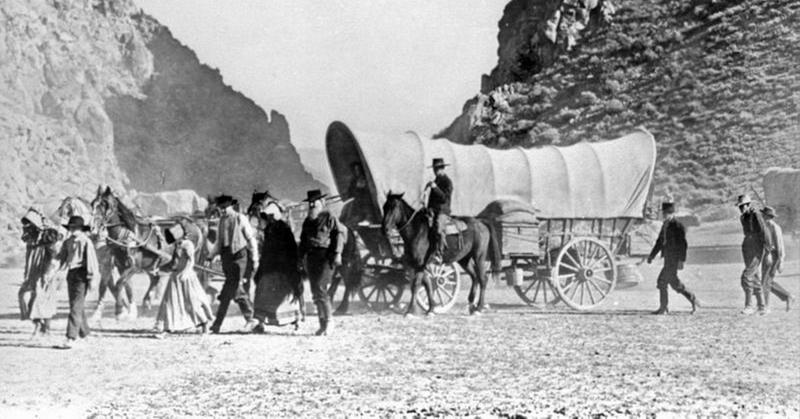The Homestead Act Of 1862 And The Failure Of Free Land
By | May 17, 2022

On May 20, 1862, President Lincoln signed the Homestead Act of 1862 into law, essentially giving away 10% of the total land in the United States. More than 1.6 million people left their homes and jobs in the East to try their hand at homesteading, but the majority of homesteaders were doomed to fail before they even started.
Flawed From The Get-Go
Lincoln's vision was to fill the "unused" land of the Great Plains with thousands of family farms, but many plots were claimed by large cattle ranching operations. Loopholes in the act allowed railroads, land spectators, mining companies, and loggers access to prime land ahead of individual homesteaders, and much of what was leftover was unsuitable for farming. In fact, of the approximate 500 million acres of available, only about 80 million acres went to homesteaders. There were upsides to the low bar for entry, though. Any citizen over 21 years old or married could file a claim for a 160-acre plot of land, which meant many women and black Americans were awarded claims. This was surely not what Congress had in mind, but they couldn't do anything about it, either.

Most Homesteaders Were Unprepared
Once a homesteader was granted their land, they had to live on it for five consecutive years and make significant improvements, such as clearing farm fields, digging wells, building structures, and planting trees, otherwise ownership reverted back to the government. It may sound easy enough, but many of the impoverished city dwellers didn't have any real farming experience, and building a farm from the dirt up is expensive no matter how prepared you are. Many of their crops failed, including trees, which meant they had to fashion houses and barns from squares of sod, and numerous homesteaders who filed claims on land with rivers and creeks were denied access to the waterways. The climate of the Great Plains is brutal, with long periods of temperatures over 100 degrees in the summer and dangerous blizzards in the winter, and many Easterners weren't accustomed to such conditions. They also had to deal with the fact that the so-called unused land was very much being used by local Native American tribes who weren't happy about all these settlers.

The Failure Of The 1862 Homestead Act
Although the Homestead Act technically succeeded in giving away more than 160 million acres of government-owned land, many historians consider its failure to prevent big businesses from claiming land intended for settlers and provide startup funds for homesteaders to be its doom. The Industrial Revolution, whose titans offered cash money to employees who were sick of living off the land, was the final nail in its coffin.

